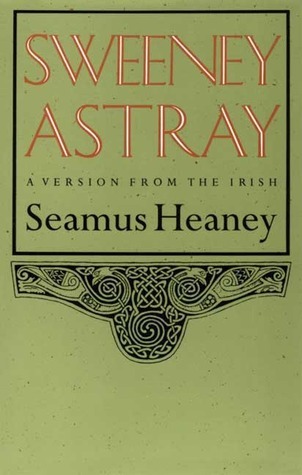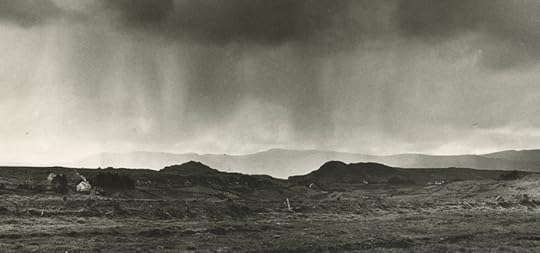What do you think?
Rate this book


96 pages, Paperback
First published January 1, 1983
His brain convulsed,
his mind split open.
Vertigo, hysteria, lurchings
and launchings came over him,
he staggered and flapped desperately,
he was revolted by the thought of known places
and dreamed strange migrations.
…
To-night the snow is cold
I was at the end of my tether
but hunger and bother
are endless.
Look at me, broken
and down-at-heel,
Sweeny from Rasharkin.
Look at me now
always shifting,
making fresh pads,
and always at night.
At times I am afraid.
In the grip of dread
I would launch and sail
beyond the known seas.
I am the madman of Glen Bolcain,
wind-scourged, stripped
like a winter tree
clad in black frost
and frozen snow.
…
Of all innocent lairs I made
the length and breadth of Ireland
I remember an open bed
above the lough in Mourne.
Of all innocent lairs I made
the length and breadth of Ireland
I remember bedding down
Above the wood in Glen Bolcain.
To you, Christ, I give thanks
for your Body in communion.
Whatever evil I have done
in this world, I repent.

Then Sweeney left Ailsa Craig and flew over the stormy maw of the sea to the land of the Britons. He passed their royal stronghold on his right and discovered a great wood where he could hear wailing and lamentation. Someimtes it was a great moan of anguish, sometimes an exhausted sigh. The moaner turned out to be another madman astray in the wood. Sweeney approached him.
—Who are you, friend? Sweeney asked.
—A madman, said he.
—In that case, you are a friend indeed. I am a madman myself, said Sweeney. Why don't you join up with me?
Son of God, have mercy on us!
Never to hear a human voice!
To sleep naked every night
up there in the highest thickets,
to have lost my proper shape and looks,
a mad scuttler on mountain peaks,
a derelict doomed to loneliness:
Son of God, have mercy on us!

Because Mad Sweeney was a pilgrim
to the lip of every well
and every green-banked, cress-topped stream,
this water's his memorial.